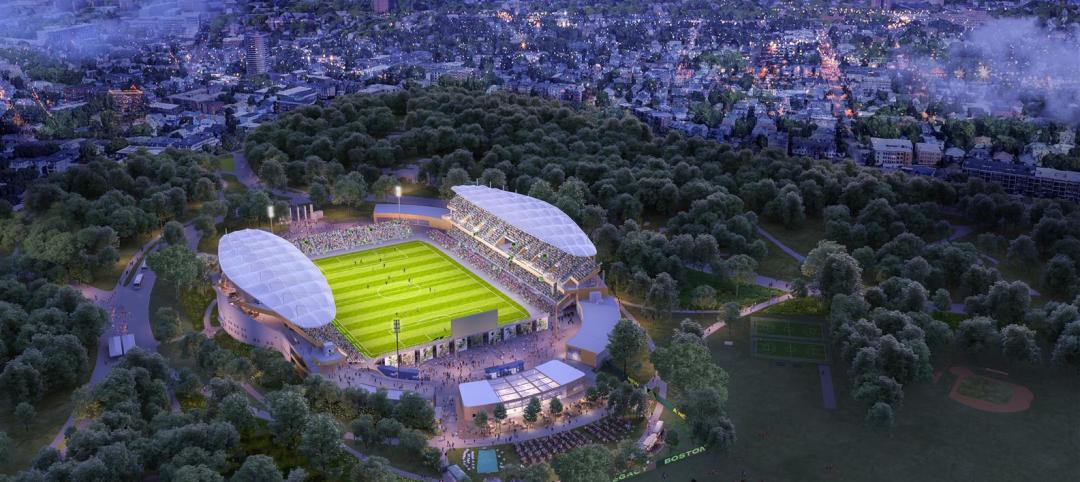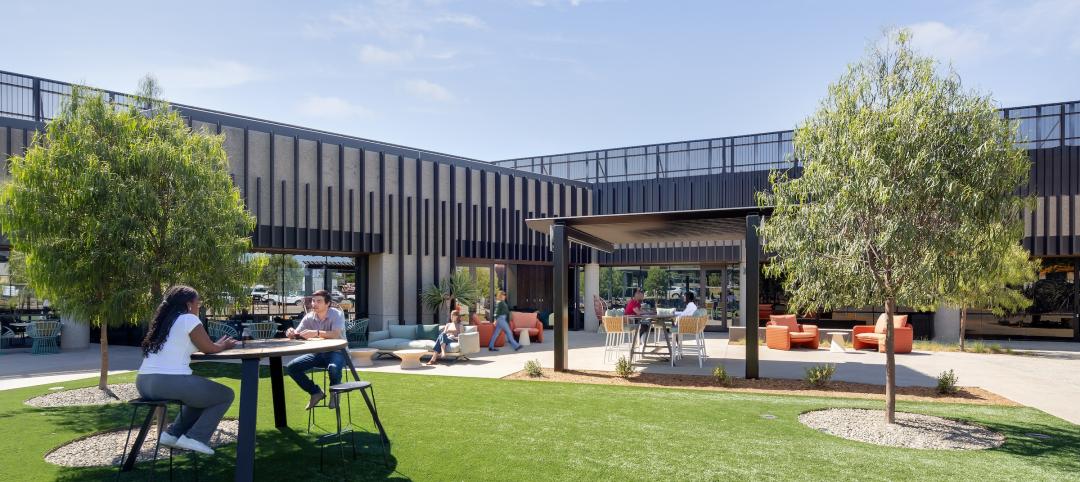The American Institute of Architects (AIA) is urging Senate lawmakers to adopt the Disaster Recovery Reform Act (DRRA) to ensure communities across America can recover from natural disasters more efficiently and cost-effectively.
AIA is supporting the legislation as it will prioritize pre-disaster mitigation and ensure that post-disaster assistance enables communities to rebuild with the latest model building codes to ensure future resiliency.
“Strong, disaster-resilient building codes are a vital foundation to creating safer communities,” said Rose Grant, chair of AIA’s disaster assistance committee. “Adoption of these codes go even further to help the built-environment battle the onslaught of billion-dollar disasters.”
Grant was speaking at the AIA’s educational briefing for policy makers Tuesday night, which provided insights on the lessons architects have learned serving as responders with AIA’s Disaster Assistance Program following hurricanes Maria, Harvey and Irma last year. The briefing also featured insights into how communities can prepare for the 2018 hurricane season that commences June 1.
“As hurricane season approaches, architects stand ready to help communities prepare for and recover from the kind of weather related events that victimized so many,” said AIA EVP and Chief Executive Officer Robert Ivy, FAIA. “We hope this discussion brings new insights and appreciation for how architects can assist communities in recovering from disasters and help to prepare for them in the future.”
AIA's Disaster Assistance Program has trained thousands of architect volunteers in responding to disasters. Through the program, architects serve as second responders providing critical safety inspections of buildings and infrastructures following disasters. In addition, architects provide lawmakers with insights and lessons they learn in the field to help shape better policies around disasters, which includes resilient-building policies.
“Forging relationships between architects and local officials is key to mitigating and preventing the damage caused by weather related disasters,” said Illya Azaroff, AIA (principal of +LAB Architect PLLC). “Of the post-Sandy policies AIA recommended, nine were enacted into law in New York and 10 were included in the New York City building code. This is just one of the many examples where architects have been able to lend their expertise to shape policies that support a better built environment.”
Visit AIA’s website for more information on its Disaster Assistance Program.
Related Stories
MFPRO+ New Projects | Oct 30, 2024
BIG’s One High Line finally reaches completion in New York City’s West Chelsea neighborhood
One High Line, a luxury residential project spanning a full city block in New York’s West Chelsea neighborhood, reached completion this summer following years of delays related to investor lawsuits.
Urban Planning | Oct 30, 2024
Bridging the gap: How early architect involvement can revolutionize a city’s capital improvement plans
Capital Improvement Plans (CIPs) typically span three to five years and outline future city projects and their costs. While they set the stage, the design and construction of these projects often extend beyond the CIP window, leading to a disconnect between the initial budget and evolving project scope. This can result in financial shortfalls, forcing cities to cut back on critical project features.
MFPRO+ New Projects | Oct 30, 2024
Luxury waterfront tower in Brooklyn features East River and Manhattan skyline views
Leasing recently began for The Dupont, a 41-story luxury rental property along the Brooklyn, N.Y., waterfront. Located within the 22-acre Greenpoint Landing, where it overlooks the newly constructed Newtown Barge Park, the high-rise features East River and Manhattan skyline views along with 20,000 sf of indoor and outdoor communal space.
Libraries | Oct 30, 2024
Reasons to reinvent the Midcentury academic library
DLR Group's Interior Design Leader Gretchen Holy, Assoc. IIDA, shares the idea that a designer's responsibility to embrace a library’s history, respect its past, and create an environment that will serve student populations for the next 100 years.
Resiliency | Oct 29, 2024
Climate change degrades buildings slowly but steadily
While natural disasters such as hurricanes and wildfires can destroy buildings in minutes, other factors exacerbated by climate change degrade buildings more slowly but still cause costly damage.
Office Buildings | Oct 29, 2024
Editorial call for Office Building project case studies
BD+C editors are looking to feature a roundup of office building projects for 2024, including office-to-residential conversions. Deadline for submission: December 6, 2024.
Healthcare Facilities | Oct 28, 2024
New surgical tower is largest addition to UNC Health campus in Chapel Hill
Construction on UNC Health’s North Carolina Surgical Hospital, the largest addition to the Chapel Hill campus since it was built in 1952, was recently completed. The seven-story, 375,000-sf structure houses 26 operating rooms, four of which are hybrid size to accommodate additional equipment and technology for newly developed procedures.
Multifamily Housing | Oct 28, 2024
A case for mid-rise: How multifamily housing can reshape our cities
Often referred to as “five-over-ones,” the mid-rise apartment type is typically comprised of five stories of apartments on top of a concrete “podium” of ground-floor retail. The main criticism of the “five-over-one” is that they are often too predictable.
Sports and Recreational Facilities | Oct 24, 2024
Stadium renovation plans unveiled for Boston’s National Women’s Soccer League
A city-owned 75-year-old stadium in Boston’s historic Franklin Park will be renovated for a new National Women’s Soccer League team. The park, designed by Fredrick Law Olmsted in the 1880s, is the home of White Stadium, which was built in 1949 and has since fallen into disrepair.
Laboratories | Oct 23, 2024
From sterile to stimulating: The rise of community-centric life sciences campuses
To distinguish their life sciences campuses, developers are partnering with architectural and design firms to reimagine life sciences facilities as vibrant, welcoming destinations. By emphasizing four key elements—wellness, collaboration, biophilic design, and community integration—they are setting their properties apart.

















